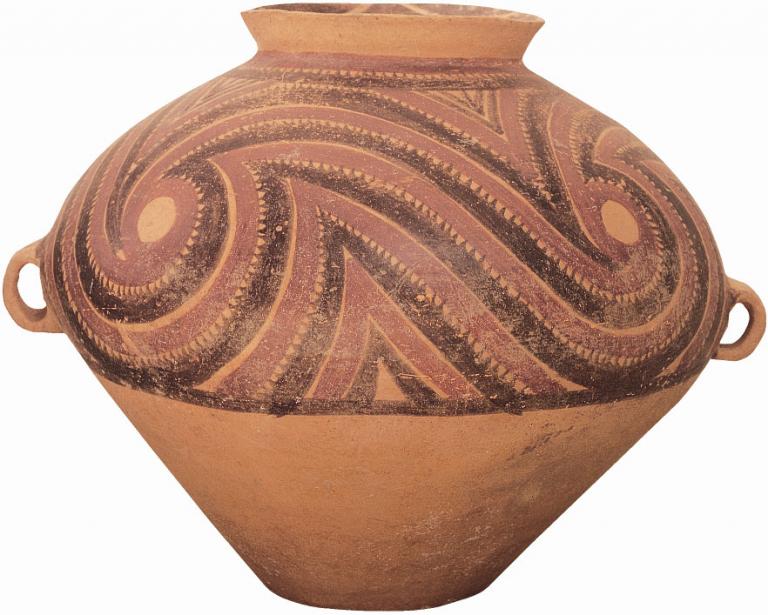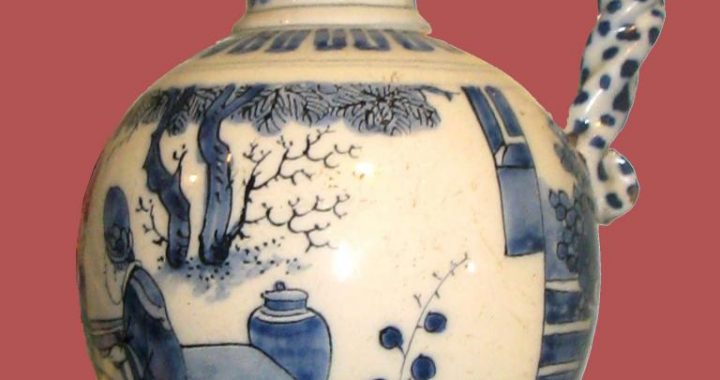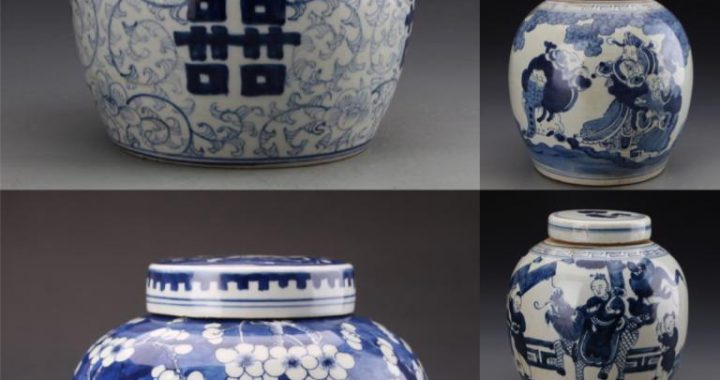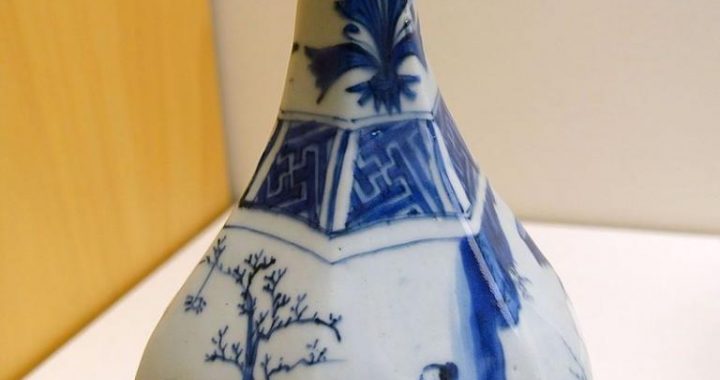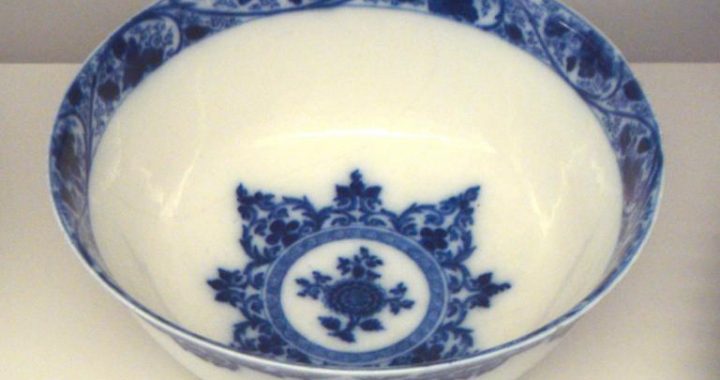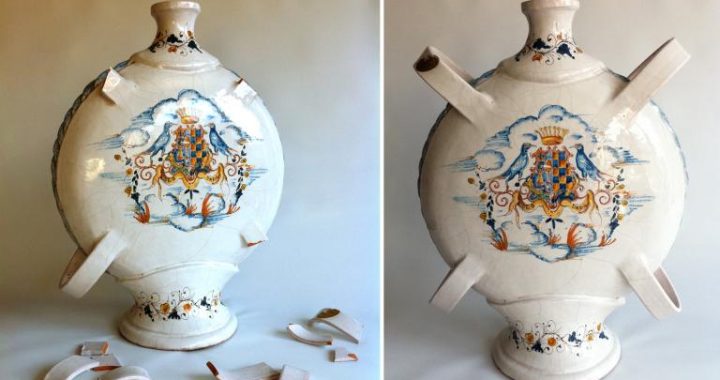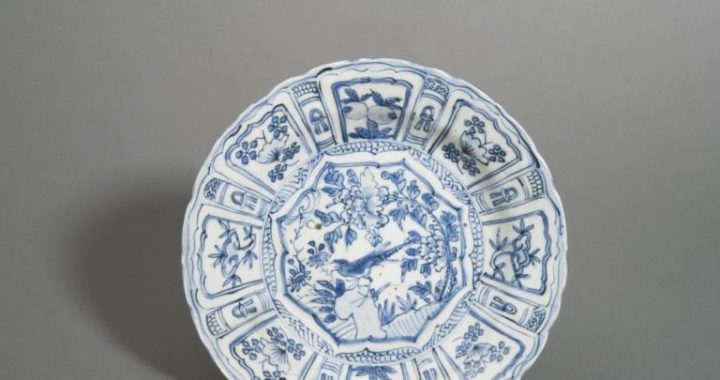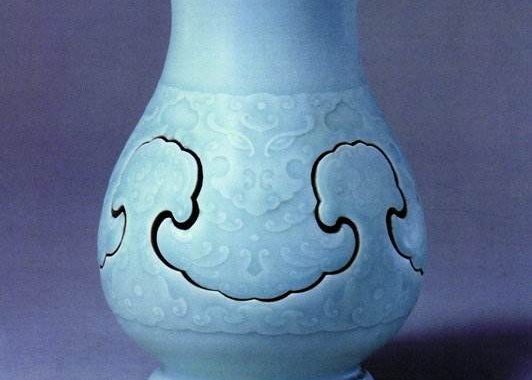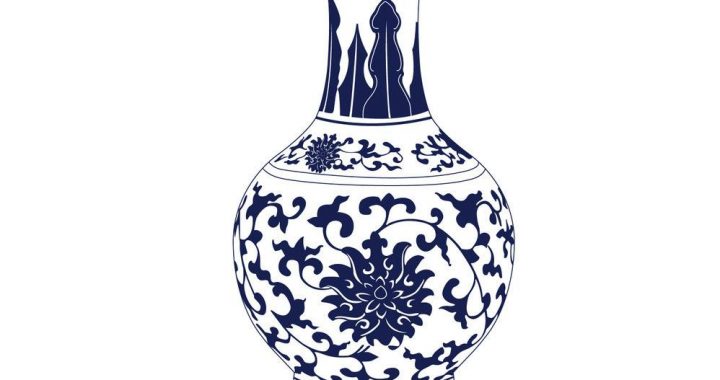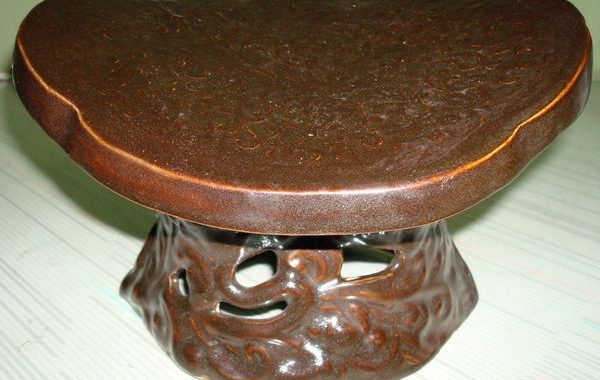The porcelain development in the Tang dynasty
2 min readAs the old saying goes,“A single flower does not make a spring.”Besides the monochrome porcelain waresrepresented by celadon of Yue kiln and white wares of Xing kiln,the blooming cultures embraced by the Tangdynasty fostered beautiful polychrome wares as well,particularly porcelain products from Changsha kiln and Lushan kiln.

Changsha kiln was a civilian kiln.Although not highly refined,its products have been highly praised for their decorations.It was Changsha kiln that inaugurated the application of Chinese characters and underglaze patternsas decorations for porcelain wares.It is interesting thatrather than emulating some well-known verses or followingthe style of a famous calligrapher,Changsha kiln artisans randomly wrote some idioms,apothegms or modified poem lines on the wares, which were all easy to be understood. Today, though we are not quite sure about the functions of Changsha wares, or the purpose of those calligraphic decorations, they have at least shown the prevailing folk culture of the Tang dynasty, as well as people’s idea and attitude towards life then. Besides decoration of characters, products of Changsha kiln also presented diversified graphic patterns, which were relate to almost every aspect of social life. The artisans were so skillful that they could even freely apply exotic and religious motifs on their products.
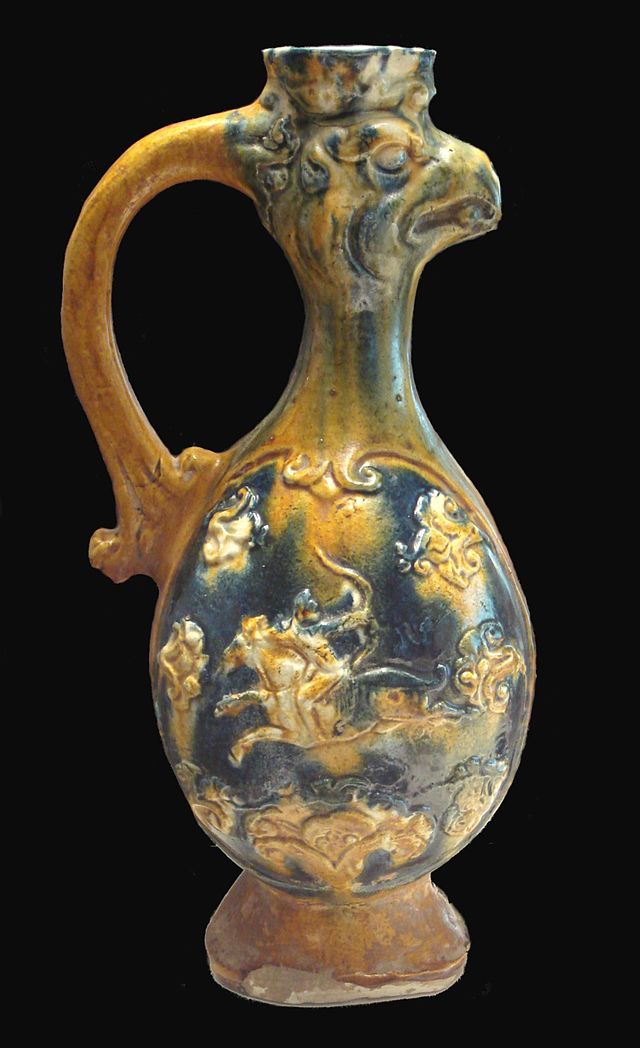
Products by Lushan kiln were also reputed for their decorations, with the flowery porcelain as the most famous type. Its mottled decorations on black glaze and coloured streak fascinated people,as it broke away from the mainstream monochromic green or white porcelain of that time.Some people even suggest its technique as the predecessor of the furnace transmutation technique of Jun kiln in the Song dynasty.
The porcelain development in the Tang dynasty paved the way for its boom in the Song dynasty.The domination of dark green and white wares during this period set the basic tone of porcelain colours in the Song dynasty,while the emergence of colourful porcelain laid the foundation for Jun kiln featuring changing colours.On the other hand,royal wares like mi se products and porcelain with seal mark of Chinese character“ying”(meaning“plenty”),set the footstone for the further prominence of royal kilns in the Song dynasty.Porcelain firing continued to develop after the Tang,and saw the appearance and competition of various noted kilns,leading to the prosperity represented by eight kiln types and five famous kilns.
